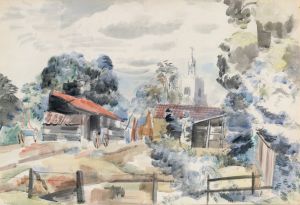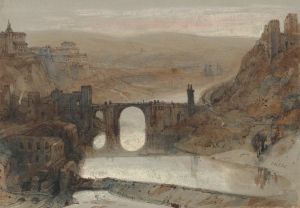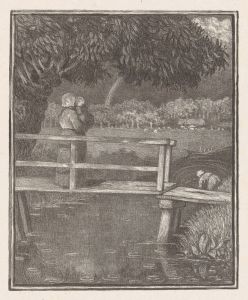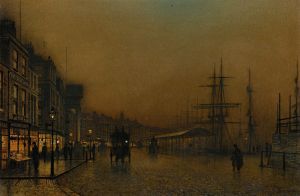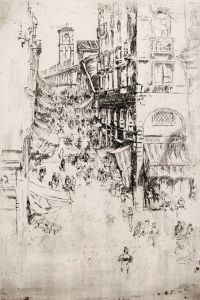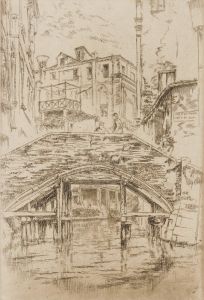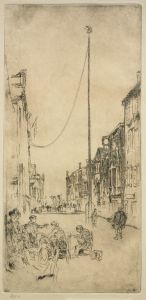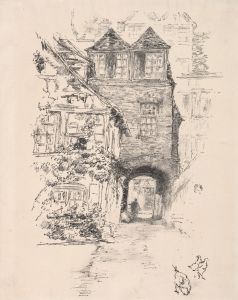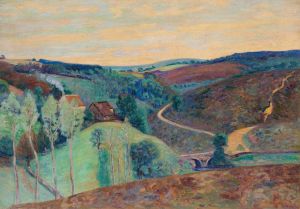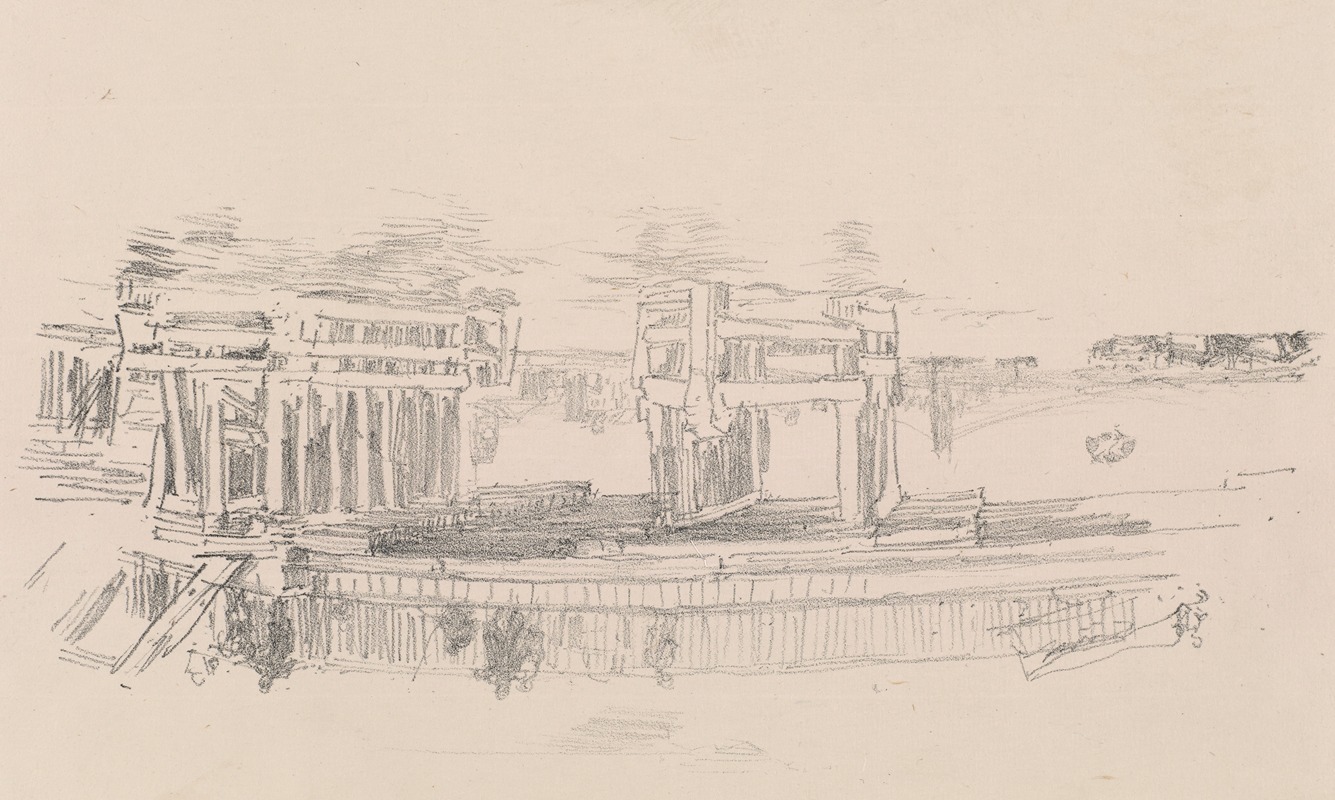
Old Battersea Bridge
A hand-painted replica of James Abbott McNeill Whistler’s masterpiece Old Battersea Bridge, meticulously crafted by professional artists to capture the true essence of the original. Each piece is created with museum-quality canvas and rare mineral pigments, carefully painted by experienced artists with delicate brushstrokes and rich, layered colors to perfectly recreate the texture of the original artwork. Unlike machine-printed reproductions, this hand-painted version brings the painting to life, infused with the artist’s emotions and skill in every stroke. Whether for personal collection or home decoration, it instantly elevates the artistic atmosphere of any space.
James Abbott McNeill Whistler's "Old Battersea Bridge" is a notable work by the American-born artist, who is renowned for his contributions to the Aesthetic Movement and his influence on the art world during the late 19th century. Whistler, who spent much of his career in London, was deeply inspired by the city's landscapes and the River Thames, which served as a frequent subject in his work.
"Old Battersea Bridge" is an oil painting completed in 1879. The artwork captures the old wooden Battersea Bridge, which was a popular subject for artists of the time due to its picturesque and somewhat dilapidated appearance. Whistler's depiction of the bridge is characterized by his signature style, which emphasizes mood and atmosphere over detailed realism. The painting is part of Whistler's series of "Nocturnes," which are known for their subdued color palettes and emphasis on the effects of light and shadow.
In "Old Battersea Bridge," Whistler employs a limited color scheme dominated by blues and greys, creating a tranquil and somewhat mysterious atmosphere. The bridge itself is rendered in a delicate, almost ethereal manner, with the structure appearing to dissolve into the misty surroundings. This approach reflects Whistler's interest in capturing the transient effects of light and weather, as well as his belief in "art for art's sake," a principle that prioritizes aesthetic experience over narrative content.
The composition of the painting is carefully balanced, with the bridge positioned slightly off-center, leading the viewer's eye across the canvas. The water of the Thames is depicted with gentle, flowing brushstrokes, reflecting the lights of the city and the sky above. This interplay of light and reflection is a hallmark of Whistler's nocturnes, showcasing his ability to convey the quiet beauty of urban landscapes at night.
Whistler's "Old Battersea Bridge" is also significant for its influence on other artists, particularly those associated with the Impressionist movement. His innovative use of color and emphasis on atmosphere resonated with contemporaries and later artists who sought to capture the fleeting effects of light and the essence of modern life.
The painting is housed in the Tate Britain in London, where it continues to be appreciated for its artistic merit and historical significance. It stands as a testament to Whistler's skill in transforming everyday scenes into works of profound beauty and emotional depth. Through "Old Battersea Bridge," Whistler invites viewers to experience the serene and contemplative qualities of the urban landscape, offering a glimpse into the artist's unique vision of the world.





